Optimal Seasons for Waterproofing Projects
Waterproofing is a crucial process to protect structures from water intrusion and damage. Proper timing ensures the effectiveness and longevity of waterproofing applications. The optimal season for waterproofing projects depends on weather conditions, temperature, and humidity levels. Typically, dry and moderate weather conditions facilitate better adhesion and curing of waterproofing materials.
Spring offers moderate temperatures and lower humidity, making it ideal for waterproofing projects before the heavy rains of summer.
Summer weather can be suitable if temperatures are not excessively high and humidity levels are manageable, ensuring proper curing.
Fall provides cooler, dry conditions that are conducive to effective waterproofing, especially before winter.
Winter is generally not recommended due to freezing temperatures and moisture, which can impede proper application and curing.
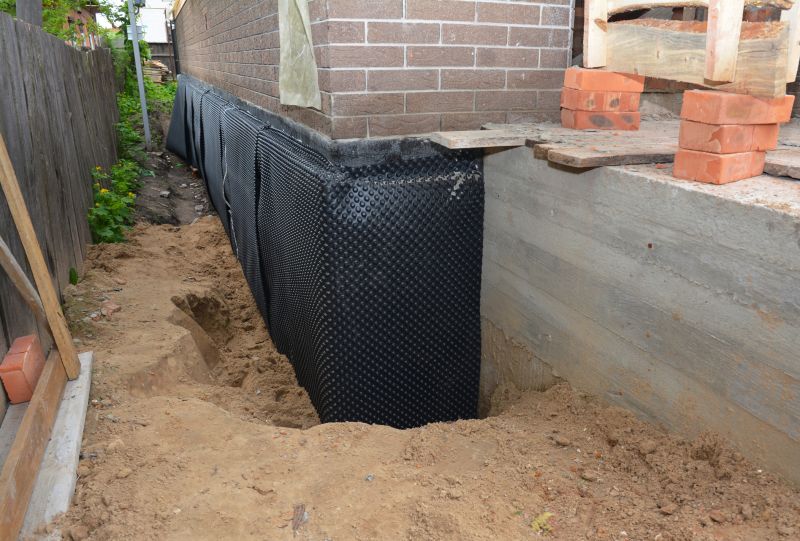
Spring offers optimal conditions for waterproofing projects with moderate temperatures and low rainfall.
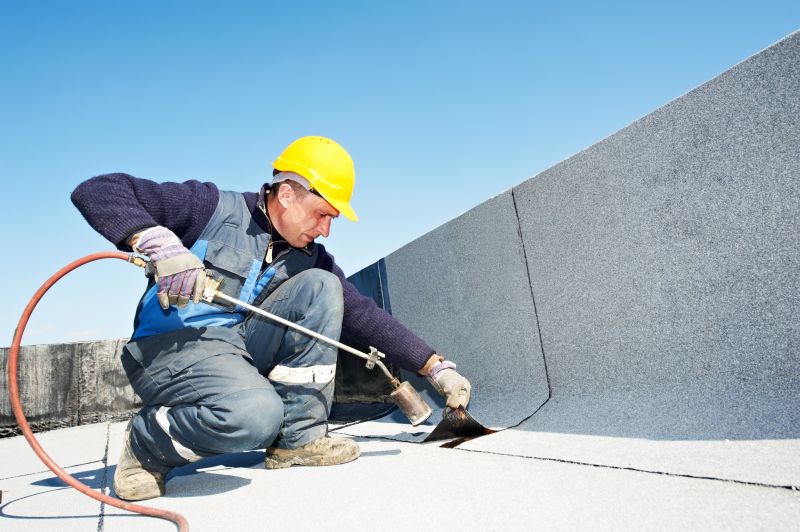
Summer can be suitable for waterproofing if weather conditions are dry and temperatures are controlled.
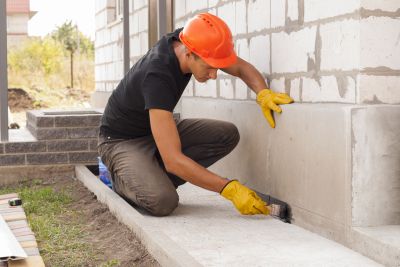
Fall provides cooler, dry days ideal for sealing and waterproofing before winter sets in.

Winter's freezing temperatures and moisture levels hinder effective waterproofing application.
| Season | Suitable for Waterproofing |
|---|---|
| Spring | Yes, with dry and mild weather conditions. |
| Summer | Yes, if temperatures are moderate and humidity is low. |
| Fall | Yes, ideal for preparing structures before winter. |
| Winter | No, due to freezing temperatures and moisture. |
| Late Spring/Early Fall | Optimal for most waterproofing projects. |
Waterproofings are essential for protecting buildings, foundations, and other structures from water ingress that can lead to structural damage, mold growth, and reduced lifespan. Modern waterproofing materials include liquid membranes, sheet membranes, and sealants, each suited for different applications and environmental conditions. Proper timing ensures these materials cure correctly and provide effective barriers against water penetration.
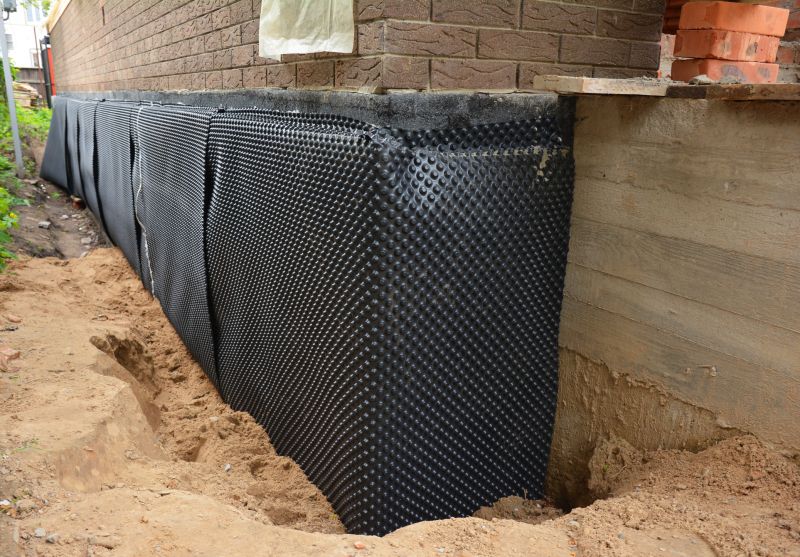
Application of waterproofing membranes on a building foundation.
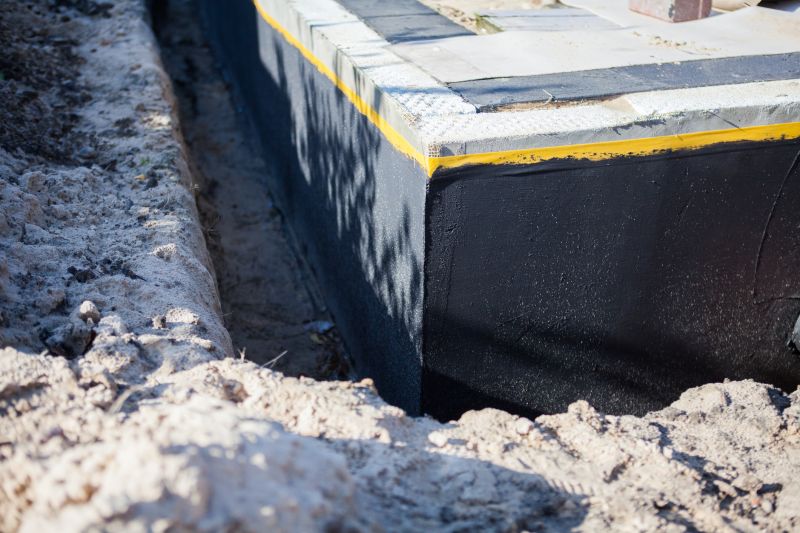
Proper sealing of joints and cracks to prevent water entry.
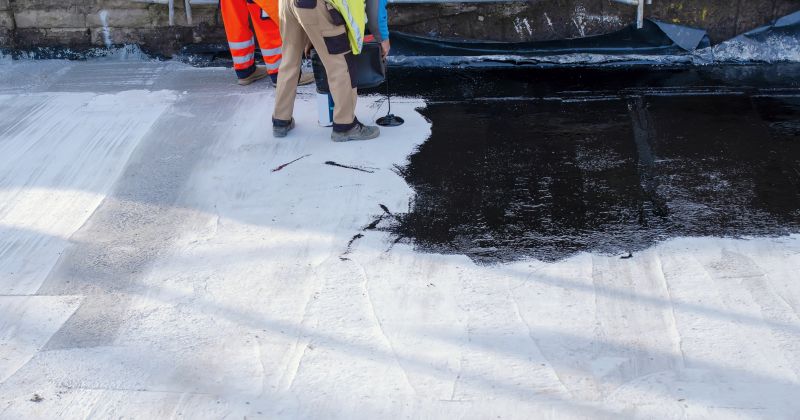
Applying protective waterproof coatings on roofs and walls.
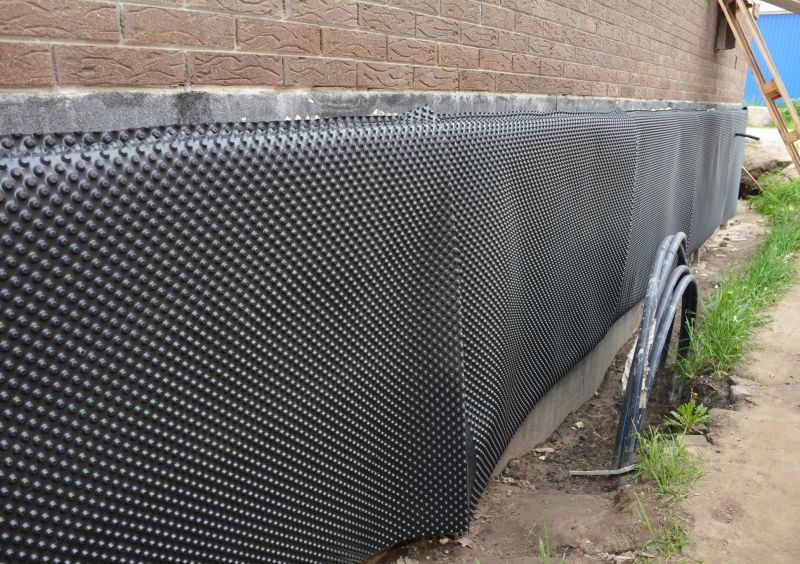
Completed waterproofing layer on a commercial building.
Interested in waterproofing services? Filling out the contact form can provide more information and assistance tailored to specific needs and project timelines.

